Finally! The looming EF Mount Adapter Wars – Birger, MTF, Redrock
In case you started building up a collection of great Canon lenses after you purchased your video capable DSLR, and later decided that it’s probably time for one of the new large sensor camcorders (F3, FS100, AF101 …), you probably found yourself in a similar position as I.
What’s the problem?
Well, fast Canon EF lenses definitely are great, but their biggest drawback is that they control the aperture electronically, not mechanically on the lens (as most Nikon lenses do). That means you need to use a camera to control the iris. Not any camera. A Canon of course. EF is a proprietary standard, and Canon has not released the specifics as to how this communication between the lenses and the camera work.
As a consequence, everybody who owns a nice set of EF mount lenses is still stuck with Canon DSLRs to use them on. Of course there are mechanical adapters that give you a cheap way of attaching the lens to any other camera (like a Sony E-Mount or Micro Four Thirds mount), but what’s the point when you can’t control the iris?
There is an adapter called Kipon, which tries to work around the problem by incorporating a separate secondary iris within itself. The problem with this is of course that it is at the completely wrong position, not inside the lens, where it is supposed to be. As a consequence, the effect you get doesn’t really give you what a real lens iris is giving you (change in exposure combined with a change in depth of field), the Kipon rather vignettes on most of your lenses, especially the wider ones. It is not a workable professional option at all.
Now you see where the problem lies. It needed someone smart to reverse engineer the electronics within the Canon EF connectors to build an adapter that would actually be able to control that real iris within a Canon EF lens.
Solution 1: Birger
Along came a small US company called Birger – at the past NAB, they showed a working prototype of such an adapter, in separate versions for Micro Four Thirds, FS100 (E-Mount) and F3 mounts. Not only that, they probably realized during development that controlling the electronics within the lens also gave them the possibility to control the focus manually, so they included a follow focus wheel with the adapter. An ingenious solution to two big problems.
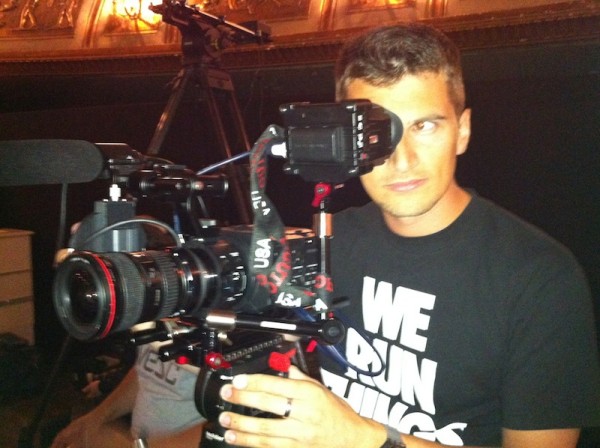
Using the Zacuto EVF on the new Sony NEX FS-100 with a working prototype of the Birger EF-to-E-Mount
I worked with the prototype of the FS100 Birger EF adapter on our preparations of the Duran Duran shoot with Den Lennie in Berlin earlier this year (which unfortunately was cancelled at the last minute). The adapter performed beautifully with the lenses that I used with it.
Unfortunately, Birger never announced a definite shipping date for any adapter and said they still needed to work things out. I suspect that it’s about getting it to work with ANY of Canon’s many, many EF lenses, which is definitely a daunting task. However, having used a working version of the thing and not having the ability to buy one to move on to a larger format camcorder was really frustrating to me and many others. They are also planning to shrink the Micro 4/3 option enough to make it work on a Panasonic GH2 / GH1. EOS lenses on these cameras would make them much more interesting to me as well!
Then for a while, there were no news on that front. Birger – like too many US companies, unfortunately, didn’t attend this year’s IBC in Amsterdam two weeks ago (which I find a real pity, considering the immense size and importance for the huge European and East Asian broadcast markets, but that’s just me).
At some point Erik Widding aka Birger at least announced on Twitter that bringing the F3 version of the mount to market would have priority over the FS100 version. While it makes sense for a higher-end market, I personally think this is a bad business decision – the FS100 currently definitely is the most interesting camera for a lot of people moving up from DSLRs simply because of the much better price/performance ratio. Also, it is significantly smaller than an F3 (albeit with awful ergonomics), so it is closer to what pure DSLR shooters have been used to for years now.
Let’s wait for final shipping dates and pricing, they will be announced on September 27th. No definite word on pricing yet, but the AF100 (Micro 4/3 mount) will have a suggested retail price of around $700. (He also wrote all versions of the adapters will ship until December … let’s wait and see!)
Check out Philip Bloom’s test video of the preproduction unit:
MTF Services
After a seemingly endless period of no news of the much-wanted Birger EF mount whatsoever, seemingly out of nowhere came Mike Tapa with his UK based MTF Services with a ground breaking product – a new concept of an EF mount.
MTF have been known for years for producing high-quality mechanical adapters for different mounts, but this is new territory for them:
I went to MTF’s IBC stand to talk to Mike, who explained his revolutionary new EF mount system to me. It consists of a box with a little LCD screen displaying the aperture and the current focal length, and a little wheel to control the iris. This box is connected to a mechanical adapter between the lens and the camera. And here comes the exciting part: It works just as smooth as the Birger prototype, with the noteworthy difference that the mechanical mounts are interchangeable. That means you buy the box just once and just add on the much less expensive mechanical mount component you need – depending on the camera you are using. Mike demonstrated it on an F3, but he also has versions for the AF101 and the FS100.
A great concept that is very versatile, especially interesting for people who use a range of cameras or rental houses which are looking for a versatile solution to the problem. The only downside for now is that the box is relatively clunky, so using it with a small DSLR sized camera like a GH2 or NEX-5N would be a little bit of overkill. Mike said his “smart guy” literally managed to finish the prototype hours before he went off to IBC, so it’s still very fresh and a lot remains to be tested about it. Maybe he will even shrink the box (though that is uncertain for the first version – it’s powered by several AA batteries that last for quite a while, by the way).
It won’t cost more than £1,000 according to Mike, but it could be less.
Check out Sebastian Woeber’s Cinema5D interview with Mike Tapa right here:
Here is his related news article: http://www.cinema5d.com/news/?p=8035
Redrock Live Lens MFT Active Lens Mount
Again, out of seemingly nowhere, Redrock just announced their own adapter for getting iris control of EF lenses on Micro Four Third camera bodies. So unlike the other solutions, this one seems to be specifically targeted at the Micro 4/3 standard for now. I asked Brian Valente from Redrock about plans for an E-Mount adapter, and he said Redrock had “no announced plans for an E-Mount version at this time.”
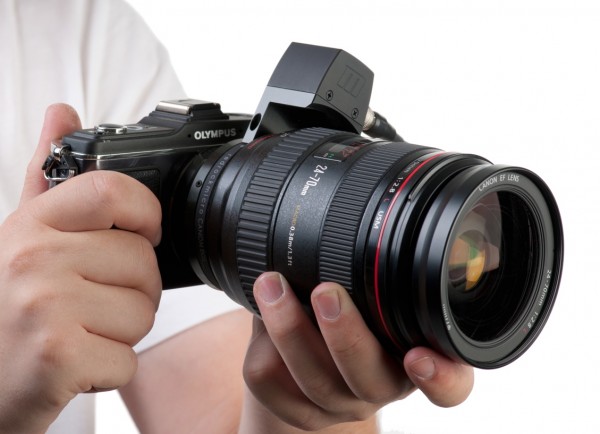
A dream come true - the Redrock Live Lens MFT Active Lens Mount allows you to use Canon EF lenses on a GH2!
It seems to be shipping already, so this is very exciting – I have asked Redrock Micro for a review unit, let’s hope I get one to look at for review. It’s really small, which is of course great, and it explicitly also works with the small Micro Four Thirds cameras like GH1 and GH2. It therefore also looks like the most practical option and seems not to get in your way, if the pictures tell any truth. Also, it’s only $442.50, by far the most affordable solution. So REALLY looking forward to trying this!
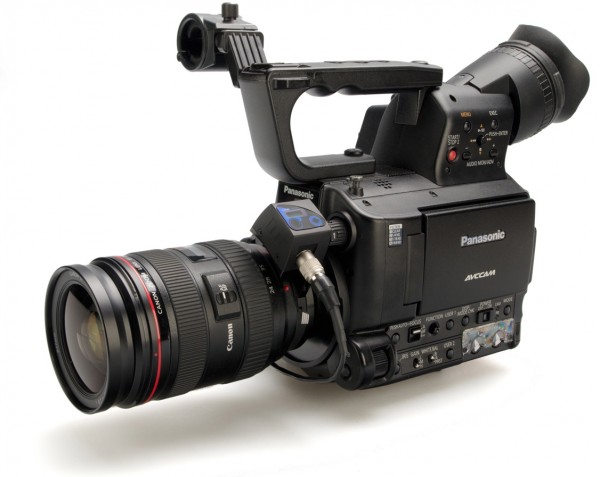
The Redrock Live Lens MFT Active Lens Mount is by far the smallest (and cheapest) solution for the problem
By the way, I find it REALLY confusing that they went with the name “MFT” (abbreviation for Micro Four Thirds), because their competitor is called MTF … I think I will just call it the Redrock EF Mount 🙂
I am happy that Redrock Micro simply put such a product to market without a great deal of PR thunder, because unfortunately, we have gotten used to them doing it the other way around (announcements of the microRemote and their EVF – both were hyped at NAB shows one and two years ago, but there’s still no sign of an when they will be released). Let’s hope they have learned from the past and it stays this way. To summarize: Tell us about it when it’s ready 🙂
Competition
I still wonder why it took so long for such adapters to come to market. My only guess is that they are really hard to develop. With all the buzz around Canon DSLRs shooting video during the past few years, it should have been obvious to anyone that there are many, many new Canon EF lens owners out there now. Enabling them to use their expensive glass on bigger cameras means a ton. It frees them up. You can chose whichever camera you please and continue to use the glass you paid a fortune for. It just makes sense. Canon decided not to open the EF standard probably because they simply want to keep selling tons of cameras (although margins on lenses are much higher anyway, but cameras and the whole EF system bind people to the brand). In fact, the unavailability of such a working adapter until now has kept most Canon DSLR shooters from buying a competitor’s camera (me, for example). Well played, Canon. It almost looks like you might bring out a new camera just at the time the adapters become widely available? (Read about the Canon Hollywood event announcement here.)
It’s very funny that three similar solutions seem to come to market virtually at the same time. Competition is always good – let’s see how this plays out. These are three quite small companies that tap into something the larger ones seem to have completely ignored until now. I think they will all do well, in case they work as promised!
As soon as I get my hands on one of these, I will of course immediately do a review!
RED EF Mount
Oh yes, and by the way, RED has managed to bring an EF mount to market for the RED EPIC as well. Our Majorca Masterclass 2011 attendee Michael Kromschröder worked for RED and IBC and let me play with the thing a little bit. Amazing, it just works – feels almost like a DSLR in this configuration, especially with the RED VOLT batteries and the EF mount! I think I would trade my DSLRs for an EPIC, anyone interested? 😉

Nino Leitner testing a RED EPIC with the RED EF mount. It just works! Thanks to Michael Kromschröder (in the background).
-
This is a great summary of the EF lens mount options out there. Thanks!
I’m still glad I went with the manual focus Nikkor lenses though 🙂
-
I’ve kind of given up waiting. Plus the solutions are still quite pricey. I’ve plumped for Canon Zooms for multipurpose, and old Nikon AI 2nd hand primes with manual iris for the pretty stuff.
If and when I upgrade to an FS100 (or Next Big Thing) the Nikons will still be fine, though I’ll have to get another zoom or kit lens.
-
Thanks for this post. I now have the MTF with the Effects box and it is great! I can confirm, the batteries do last a long time, even in cold weather!
I’m now looking for a strong bracket to fix the Effects box to the body of an AG AF101. Has anyone seen one? -
Thanks for the great roundup of adapters! I received my MTF EFFECT adapter and tested it yesterday with my F2.8 70-200mm lens. Worked like a charm! A few small quibbles about it, though. First, it turns itself off (presumably to save battery power), but when you turn it back on it resets to full open aperture! Not an ideal solution when filming live classical concerts, where a piece can be an hour long. Second, the flange focus distance is quite different from the PL mount adapter that came with the camera. I guess this is to be expected, but was hoping it would not require adjustment, especially if I’m switching between different lenses and mounts at one shoot (as on a movie set). Nevertheless, very happy to finally make use of my great Canon glass! Can’t wait to read more about your experiences with this and the other adapters.
-
What about the Conurus/Metabones EF to Nex?, this baby control the electronic aperture from Canon glasses also activate the optical stabilization on lens that have it. Smaller and cheaper that the others solutions, sadly can´t control the autofocus.
http://www.metabones.com/product/sony-nex/ef-e-bm1-detailCheers
-
Unfortunately, the Metabones product has been unavailable since it was released. It seems like the most practical solution out there — if I can just get one!
-
For an low reselution industrial application is there a lens with a aperture and focus that can be controled by a computer or a lens and camera that has computer control?
Thanks,
-
I’ve collected a wide range of EF mount lenses, but they’re all prime lenses, and in turn, I don’t really need all of the fancy electronic stuff in the adapter. Where can I find a cheap mechanical adapter for my prime lenses? Is there one at all?


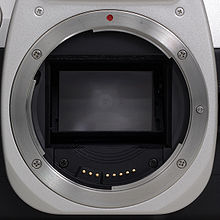
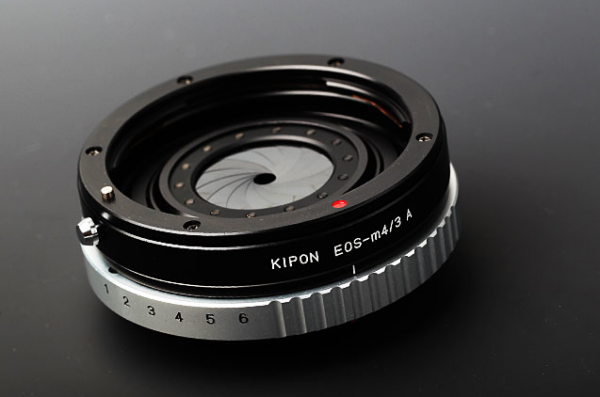
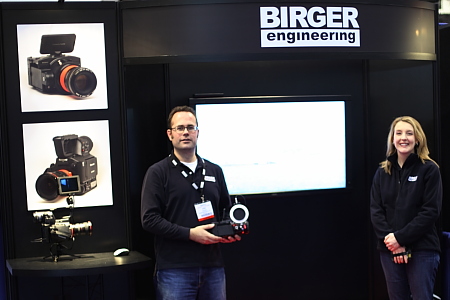

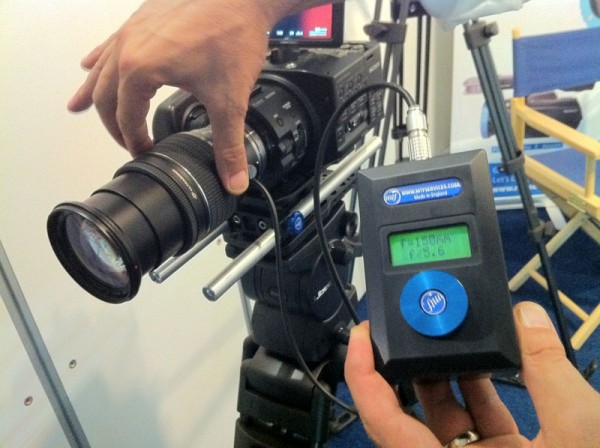

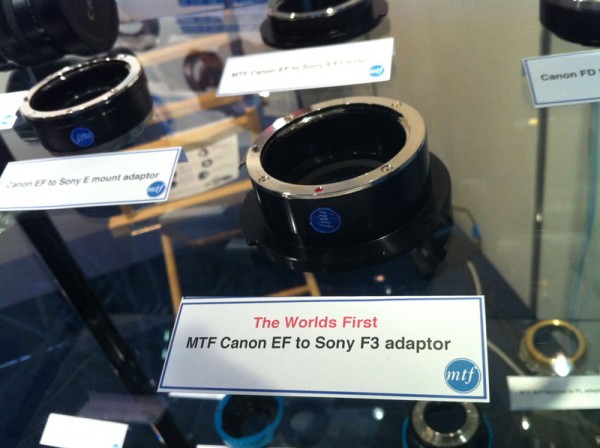
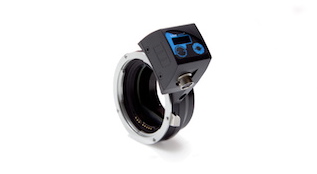

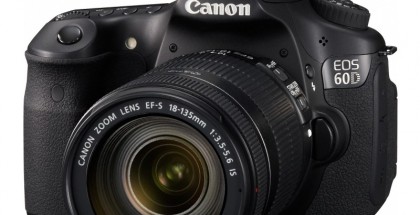
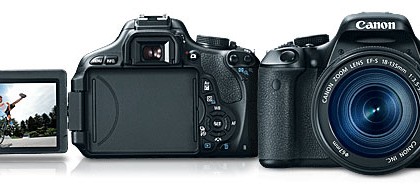
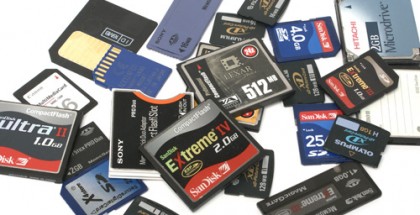
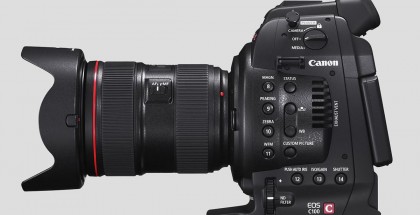

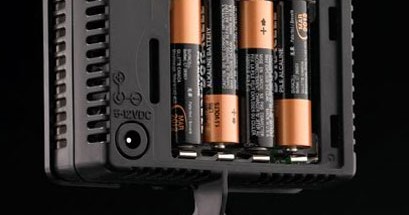
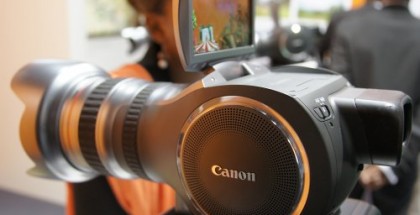













Comments